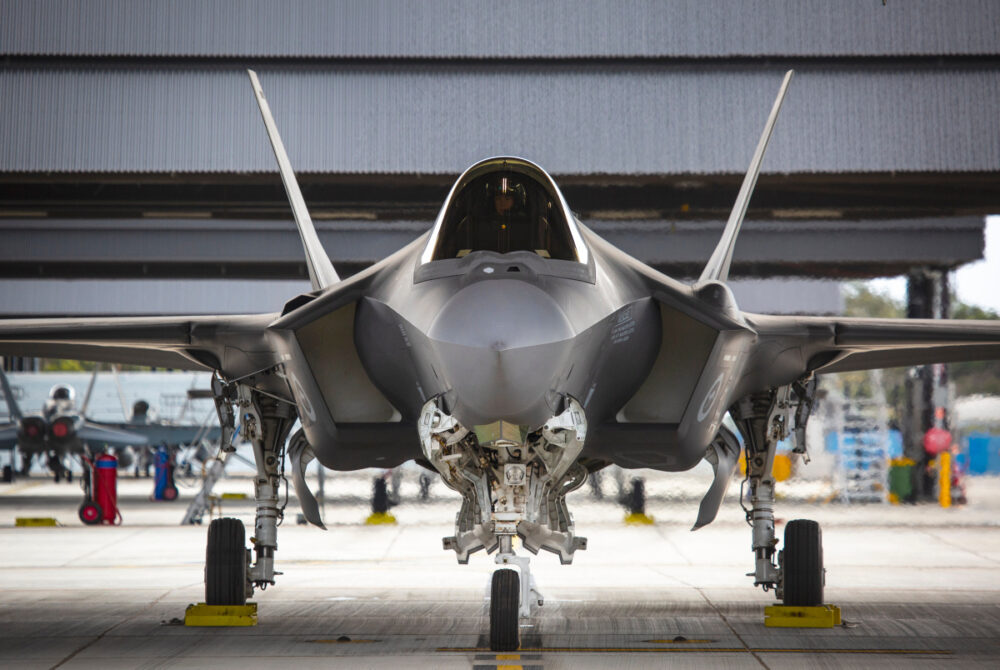In the final part of the three part series on Indian Ocean air power, Peter Layton turns his attention to the importance of Australian air power in the region.
Though the Royal Australian Air Force (RAAF) is a small force, there is more to Australia’s potential contribution to the region than the aircraft it operates. Other contributions include basing, resource sharing and enhanced cooperation across Indian Ocean air forces offer alternative options for improving national and regional security. Though Layton’s recommendations appear straightforward, their implementation will not be simple, but that should not preclude investigating the art of the possible more closely.
For the RAAF, the Indian Ocean has traditionally been second in importance to the Pacific. This reflects that Australia has long perceived the Indian Ocean as being stabilised by others, first the British and now the United States (US). Over time, however, the United States may substantially reduce its presence in the Indian Ocean, concentrate on Pacific-facing China, and leave Indian Ocean stability to littoral states, particularly India. Accordingly, Australia and the RAAF may need to look afresh at the Indian Ocean.
The control of the Indian Ocean was last seriously contested in the Second World War when intruding German and Japanese warships, and submarines sank considerable allied merchant shipping. In that conflict, the RAAF based small air-defence and maritime strike forces in Western Australia to protect against possible Japanese carrier raids and to undertake anti-submarine patrols. Late in the war, B-24 long-range bomber missions were flown from the Kimberley region against strategic targets in Java in support of the Borneo campaign.
Please click here to read the full “Indian Ocean air power: Consequences for Australia” article published at The Central Blue, written by Griffith Asia Institute Visiting Fellow, Dr Peter Layton.








